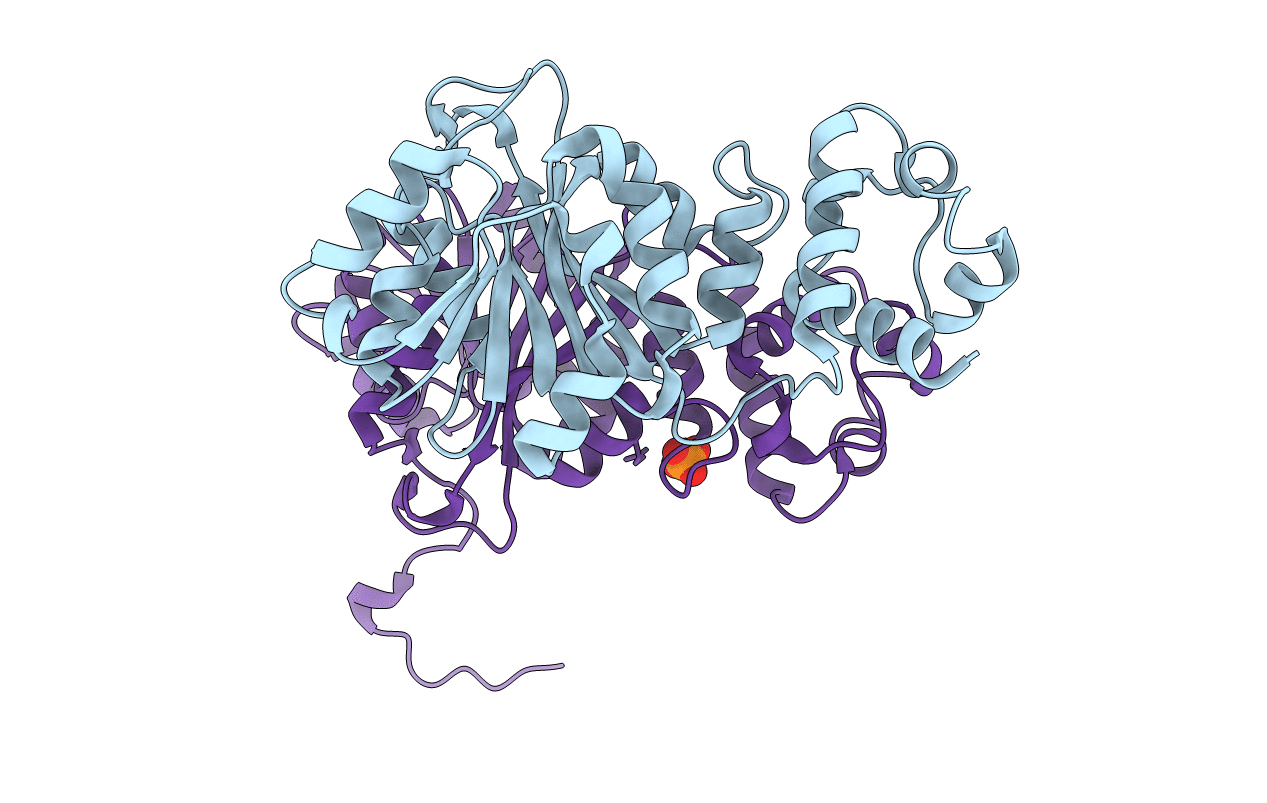
Deposition Date
2011-09-08
Release Date
2012-02-15
Last Version Date
2023-09-13
Entry Detail
PDB ID:
3TPZ
Keywords:
Title:
2.1 Angstrom crystal structure of the L114P mutant of E. Coli KsgA
Biological Source:
Source Organism:
Escherichia coli (Taxon ID: 83333)
Host Organism:
Method Details:
Experimental Method:
Resolution:
2.10 Å
R-Value Free:
0.27
R-Value Work:
0.21
R-Value Observed:
0.21
Space Group:
C 1 2 1


